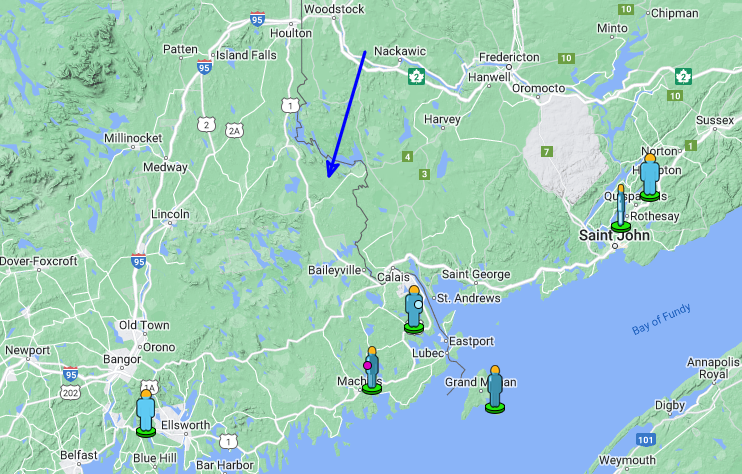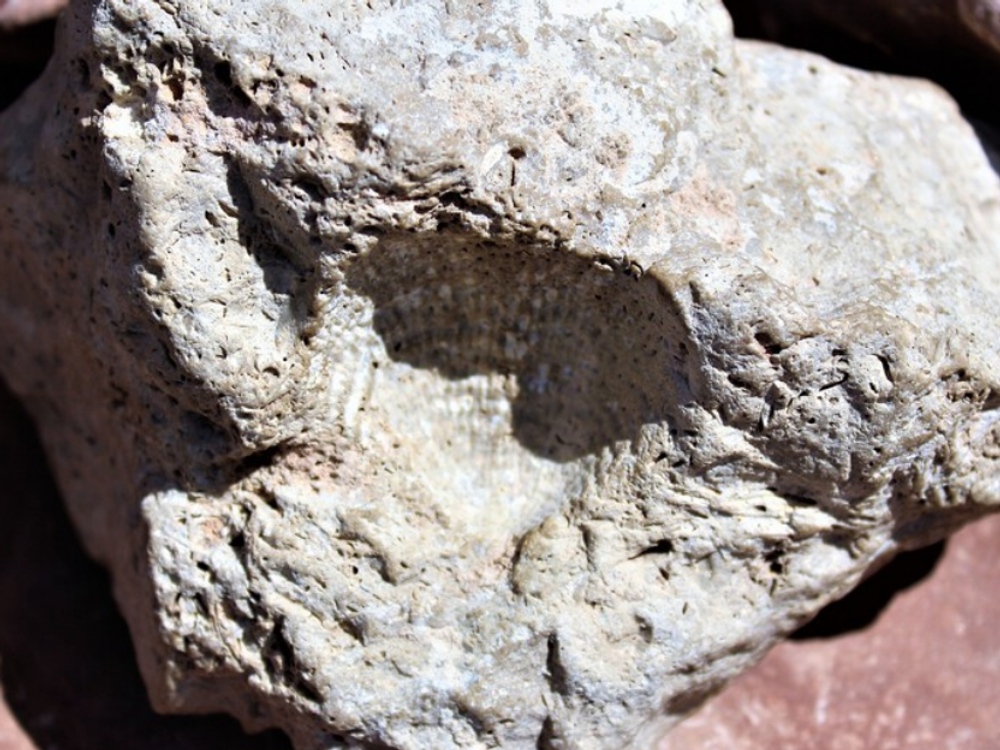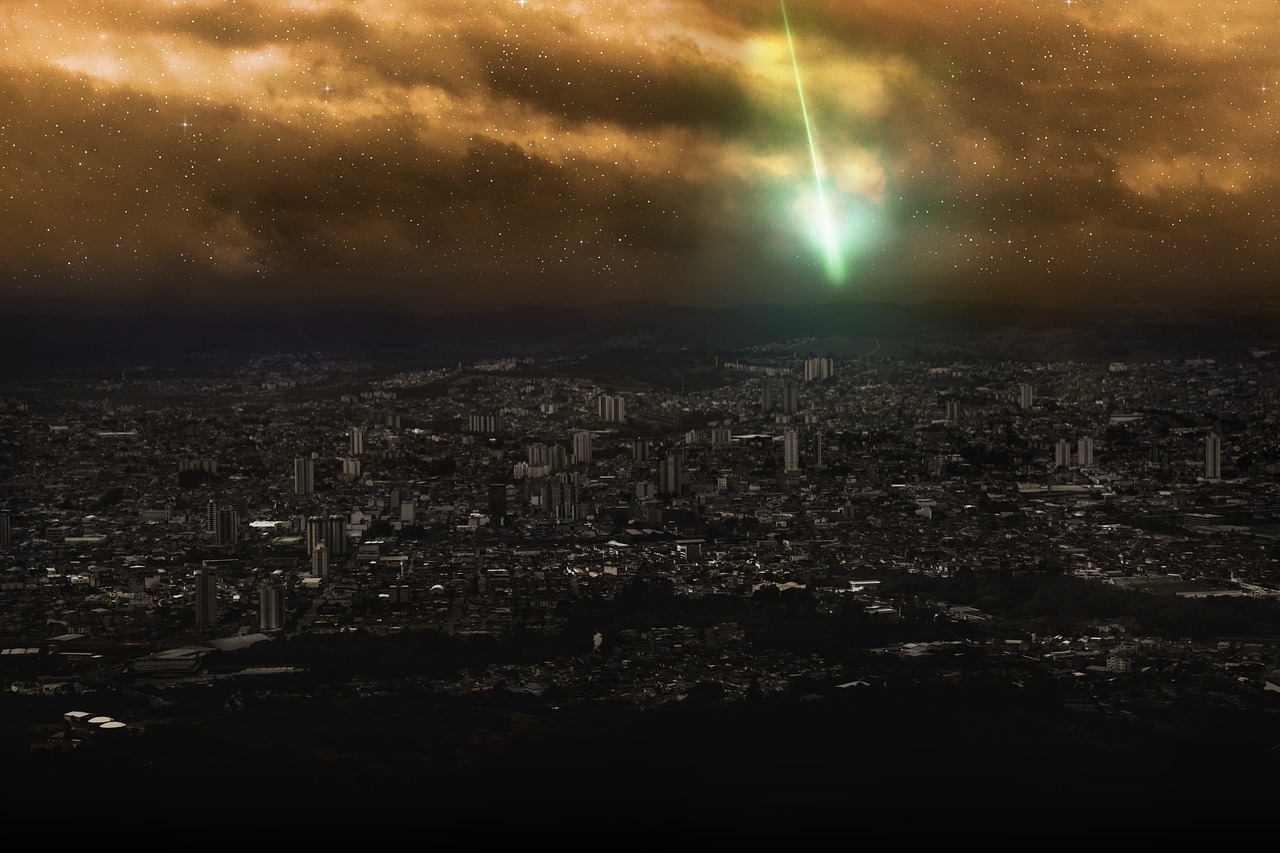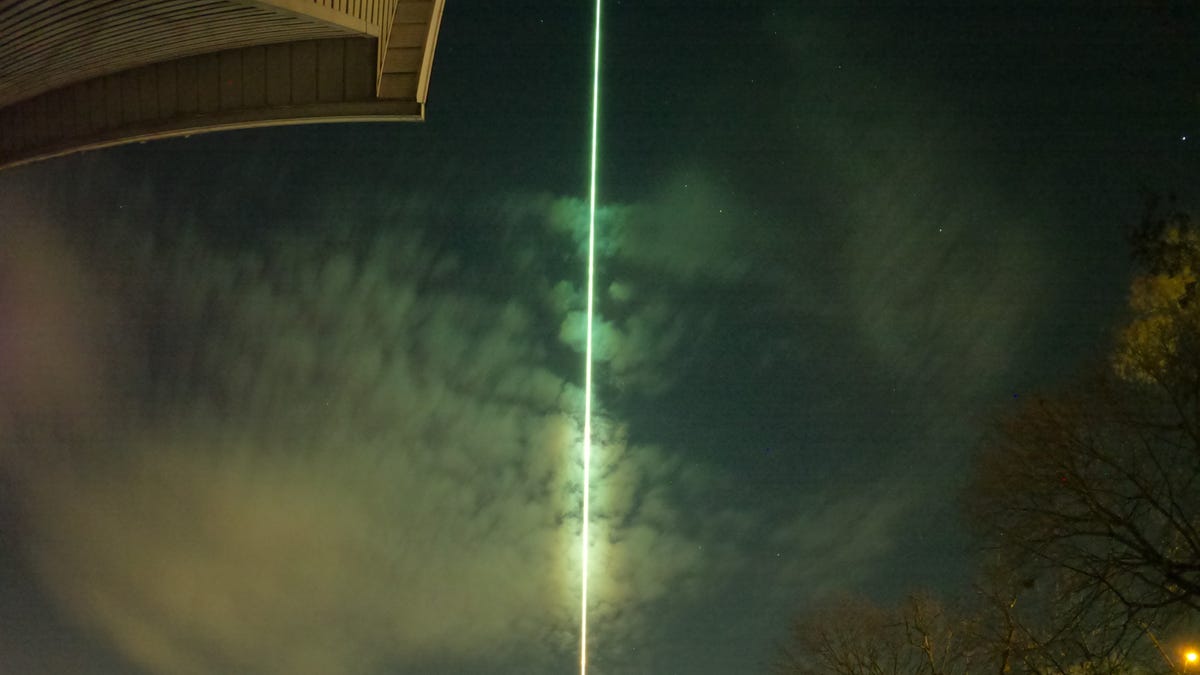
Rare daylight fireball spotted over Canada, Maine
A lucky handful of observers caught a spectacular view as a rare daylight fireball burned its way across skies near the Bay of Fundy on the U.S.-Canadian border. The cosmic rockfall happened just before noon local time on Saturday, April 8, 2023. The space rock might have struck ground at the tip of Maine, where it borders New Brunswick. Now the Maine Mineral and Gem Museum is offering a hefty $25,000 reward for a piece of it.
Based on witness reports registered with the American Meteor Society (AMS), the fireball was first spotted at 11:52 p.m. ADT (15:52 UTC) traveling southwest high over Woodstock, New Brunswick. According to eyewitness reports and radar data, the meteor may have become a meteorite when it struck somewhere in far northern Maine.

Witness Katherine S. – who saw the event from Pembroke, Maine and reported it to the AMS – said she thinks it hit the ground:
It was like a bottle rocket and looked like it fell very close to me and stopped glowing, like it burned out, not that it disappeared past the horizon.
Another observer who witnessed the fireball reported a pair of loud booms as the bolide trailed past Calais, Maine.

NASA confirms meteorite fall and names the location
It’s not just eyewitness reports hinting that part of the fireball survived its journey through the atmosphere. The Astromaterials Research and Exploration Science Division (ARES) at NASA’s Johnson Space Center in Houston, Texas, also reported getting a quick radar-based look at a likely meteorite fall.

The first appearance of falling meteorites occurs at 15:57:43.5 UTC (11:57 a.m. EDT) and an altitude of 7,440 m [4.6 miles] above sea level. The last signature appeared at 16:02:23.7 UTC (12:02 p.m. EDT) and 2,376 m [1.5 miles], for a total elapsed observation time of 4 minutes and 40 seconds. This observation time is relatively short, but may be because only one NEXRAD radar was within range of the fall.
The data gathered was enough for ARES – which noted this is the first radar-observed meteorite fall in Maine – to make a guess at the weight and where the meteorites may have come down.
Meteorite masses calculated from the radar signatures range from 1.59 g to 322 g although larger masses may have fallen. Meteorites in this event fell directly into winds of up to ~100 mph [160 kph], carrying smaller meteorites across the border into Canada.

$25K reward offered for fireball remnant
News of a likely meteorite strike prompted the Maine Mineral and Gem Museum – located in the downtown area of rural Bethel, Maine, and home to one of the world’s most valuable meteorite collections – to offer a $25,000 reward for a 1-kilogram (2.2-pound) sample.
Given the size estimates from ARES, a 1-kilo sample seems unlikely. But, the museum is willing to pay cash for smaller bits as well. The chairs of the meteorite division for the museum put it this way in a press release:
Depending upon the type of meteoroid this is, specimens could easily be worth their weight in gold.

The museum also tried to narrow down the search area for would-be meteorite hunters:
One can expect to recover meteorites in a one-mile-wide strewn field which extends just north of Waite, Maine, in an elliptical strewn field directly to – and over – the Canadian border over the outpost of Canoose, New Brunswick.
Those who think they’ve struck cosmic paydirt must pay the museum to test their sample. And they’ll need an appointment with the resident lab tech. Results could take a while, up to 10 days.
The Maine Mineral and Gem Museum is home of the exceptional Stifler Collection of Meteorites. Among its prizes are the largest piece of Mars on Earth and the six largest lunar meteorites.
A 2019 Christie’s auction of duplicates and cuttings from samples gave a glimpse into the extent of the collection. And its value. Thirty-six lots sold for about $460,000.
